Over the walls and the floor, I feel the vibration of the gong more than I hear the sound. Together with bells, traditional oboes and the never-ending Tibetan laryngeal song, that echoes over the speakers like a rattling chainsaw, it provides a beautiful yet profoundly foreign soundscape. I'm in the back of the stupa, in the hierarchy behind the Lamas, the nuns and monks. They are between five and a hundred years old, sit in rows, separated by gender, not strictly, but sorted by age. At the rear end, near me, the youngest nuns sit in groups, separated by older sisters, who regularly call them to order, give them sweets or arrange their clothes. The young monks and nuns often come to the monastery school very early in their lives. They seem terribly young and fragile to me. I can hardly imagine how cruel it must have been to leave one's own family so early, yet they all look happy as they sit there in line with their older sisters and brothers.
The New Year's Gompa (New Year's mess) runs for over three hours. In addition to the endless prayers and chants that my ears cannot tell apart, money and sweets are handed out to the monks and nuns. We eat rice with butter, coconut, beans and sweet beans, as well as butter tea and sweet Marsala milk tea. A taste universe that turns out to be difficult for us Europeans. Our Canadian teacher had warned us and asked to think of soup rather than tea while drinking the butter tea. And that's all I need to know to drink it with gusto. I thus facilitate my fellow students who find the taste appalling, by drinking their cups too. After two days, the group has already grown together. I haven't talked to everyone yet, by a longshot, we're almost a hundred people, but most faces are already familiar. Banding together is easy.
The gompa ends with the lamas putting on yellow hats. They are semicircular and have yellow feathers. The nuns heads stay empty. In the afternoon, our teacher explains that equality is a slow process in Buddhism. It takes time but slowly and steadily progress is made. The Dalai Lama is all for it. She also tells us about the first nuns who completed their training as Buddhist teachers this year (lamas). A detail, which plunges me into creative euphoria. All morning I looked into the many faces of the younger and older nuns. They are beautiful. Their faces are plain but full of emotions. So readable, so open, so curious. I have the desire to portray them. That too is an idea for later. For after my journey. Maybe.
Lunch is served both in the canteen and in front of the gompa. The green garden fills with red and orange fabric. The nuns and monks throw strands of linen over their heads to protect them from the winter sun. Their excitement is contagious. I see old friends grinning at each other, shaking hands and engaging in passionate exchanges, young Lamas playing with their older brothers, young nuns doing the same with their elder sisters. These are beautiful pictures that impress me, but only underline how little I know about this religion and the monastery life. In reality, it's a daily occurrence.
Later, on the way to my room, accompanied by another student, I cannot help but laugh out loud, surprised at some random fact that connects us. It bursts out of me even before I register who is nearby or where I am. Although this is not necessary at all here, I am accustomed to preserving decorum in religious settings, and I shortly shudder at my disrespect. Of course, we are not alone in the stupa garden. Two middle-aged monks walk straight towards us. Fascinated, they look at us, smiling as broadly as I've ever seen on the faces of monks or nuns, saying, "Very happy. You are very happy. Very good." Despairing, we smile back, a little bashful and surprised. He adds a "Happy New Year", and we return the greeting. Once again an excellent little encounter. Immortalized here, because I haven't learned the name of the first ever Buddhist monk with whom I exchanged a word.
* If you like what you read, consider supporting me on patreon!*

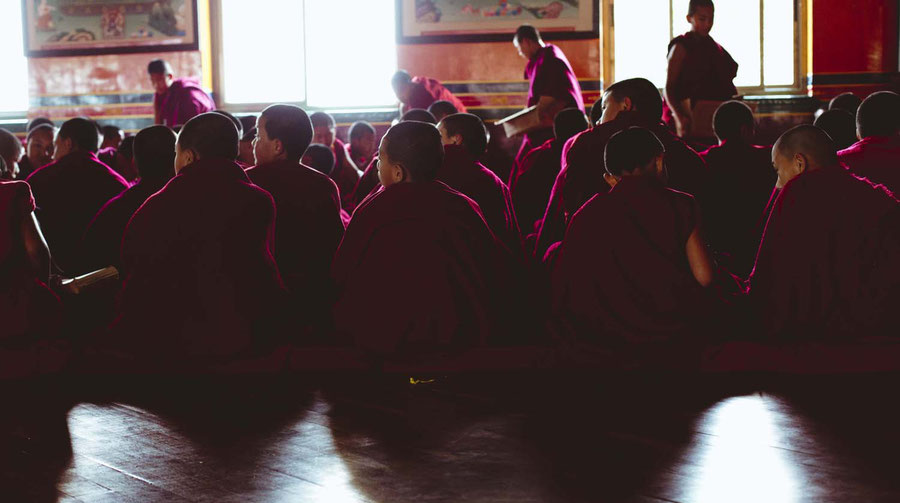
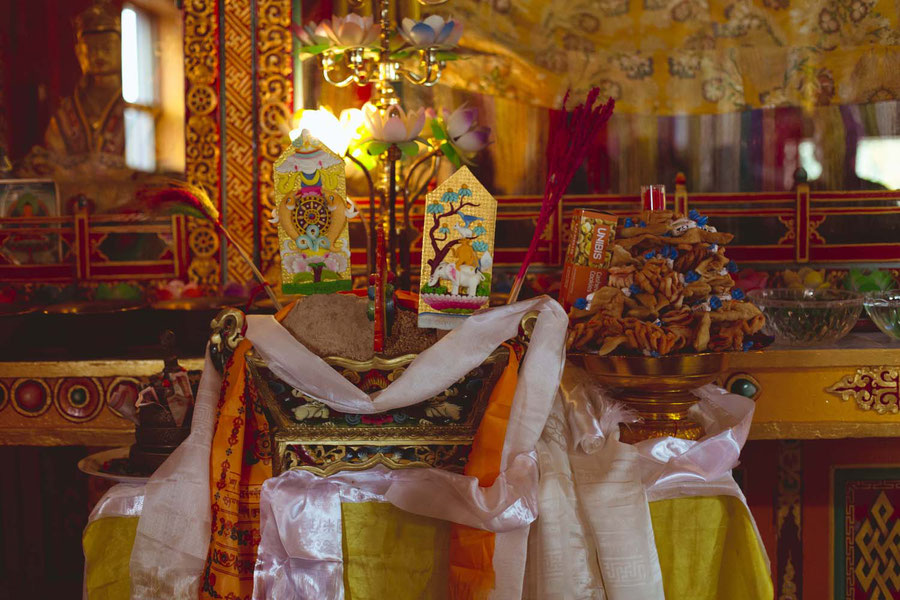
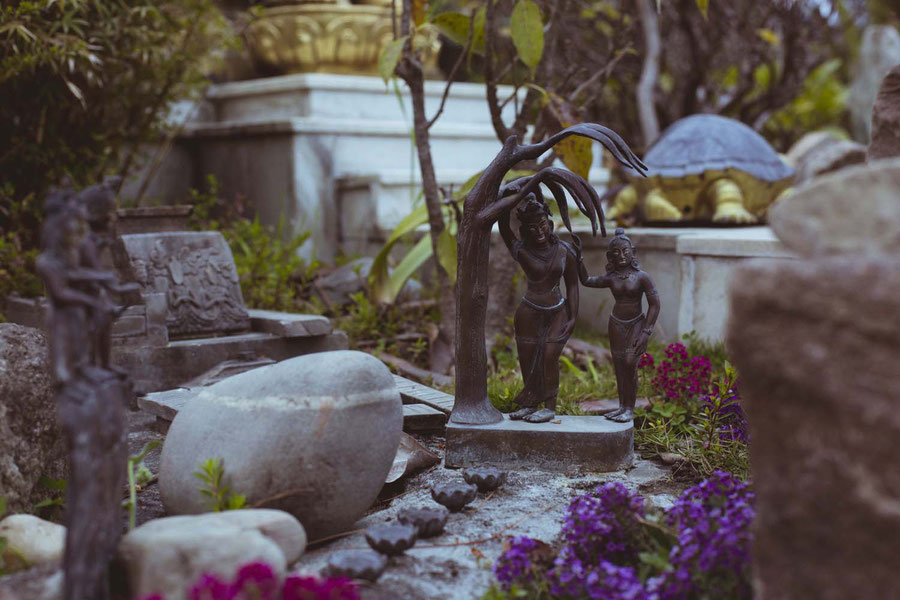
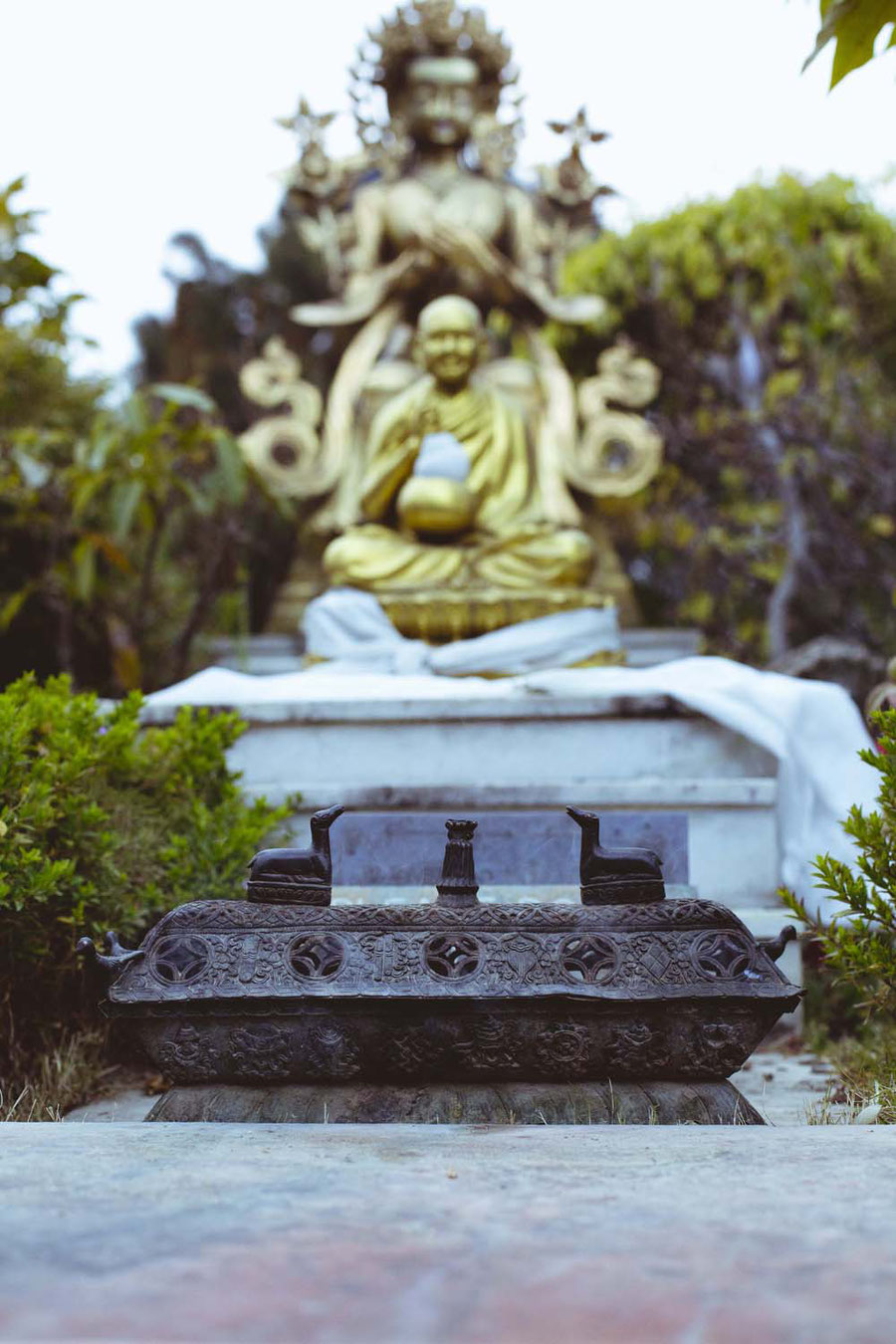
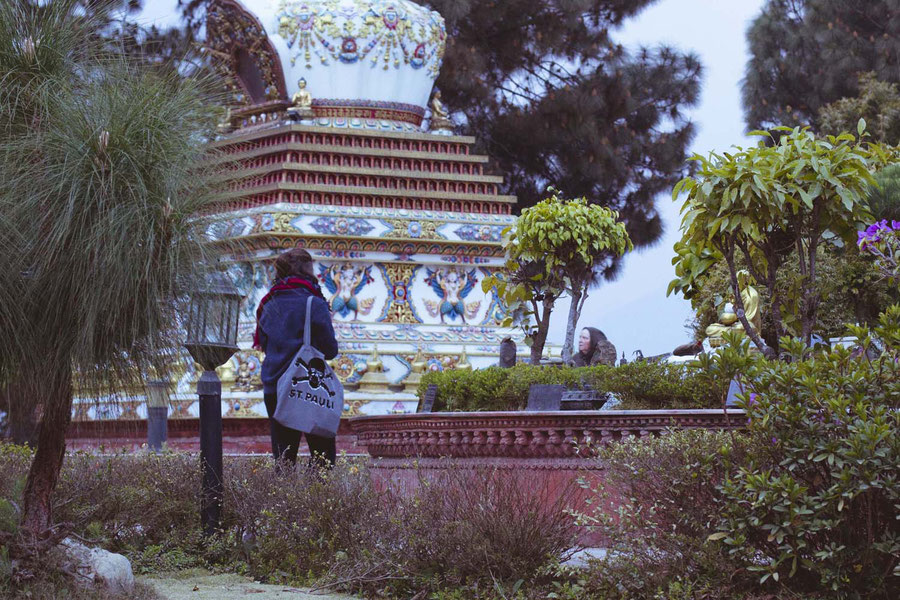
Write a comment